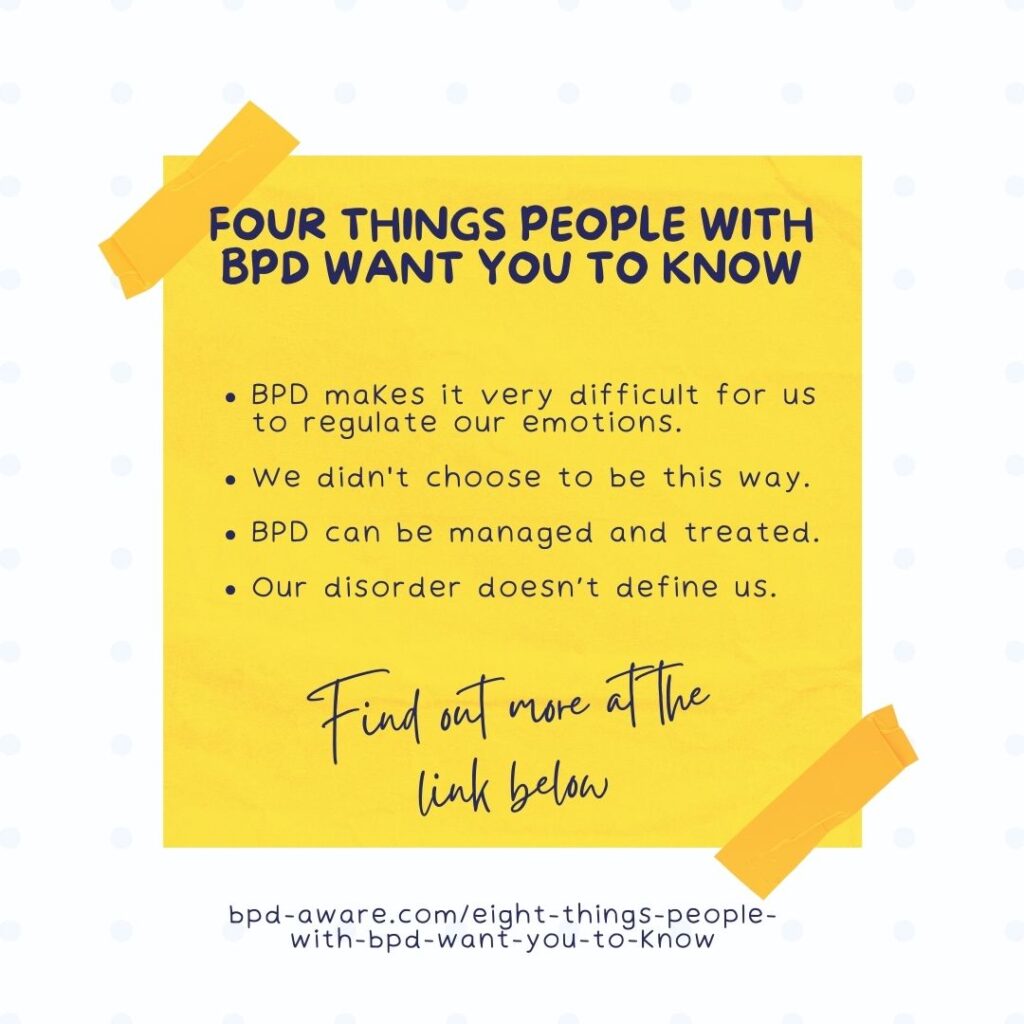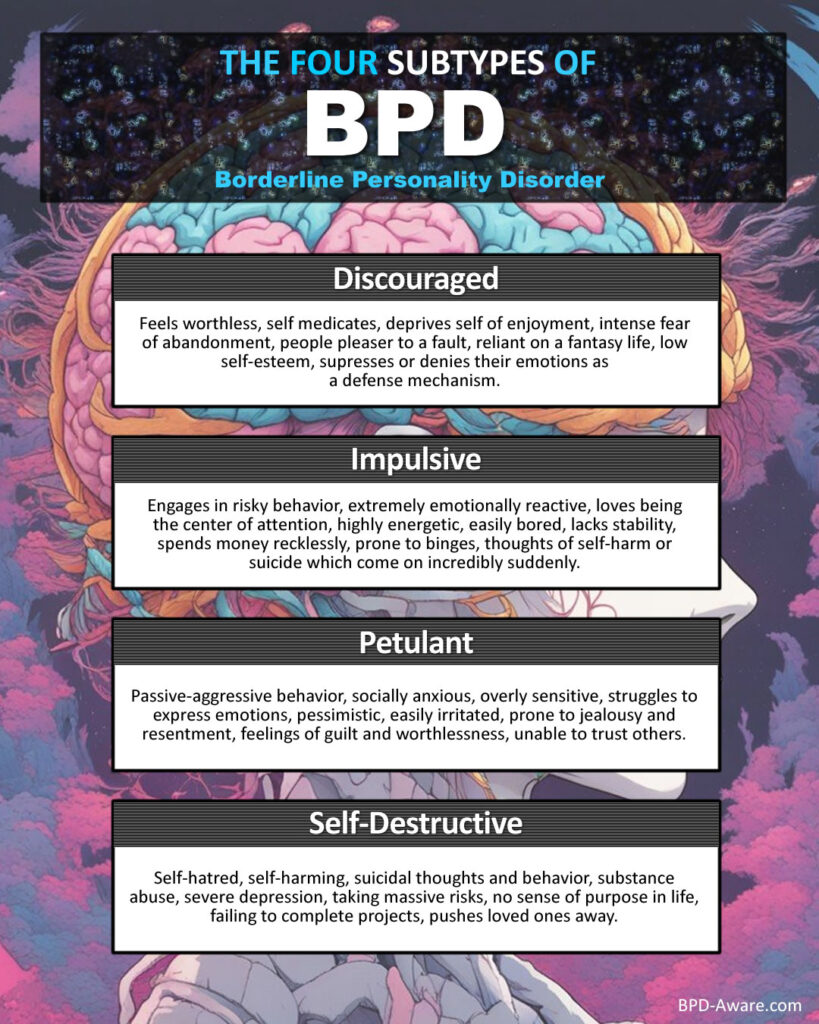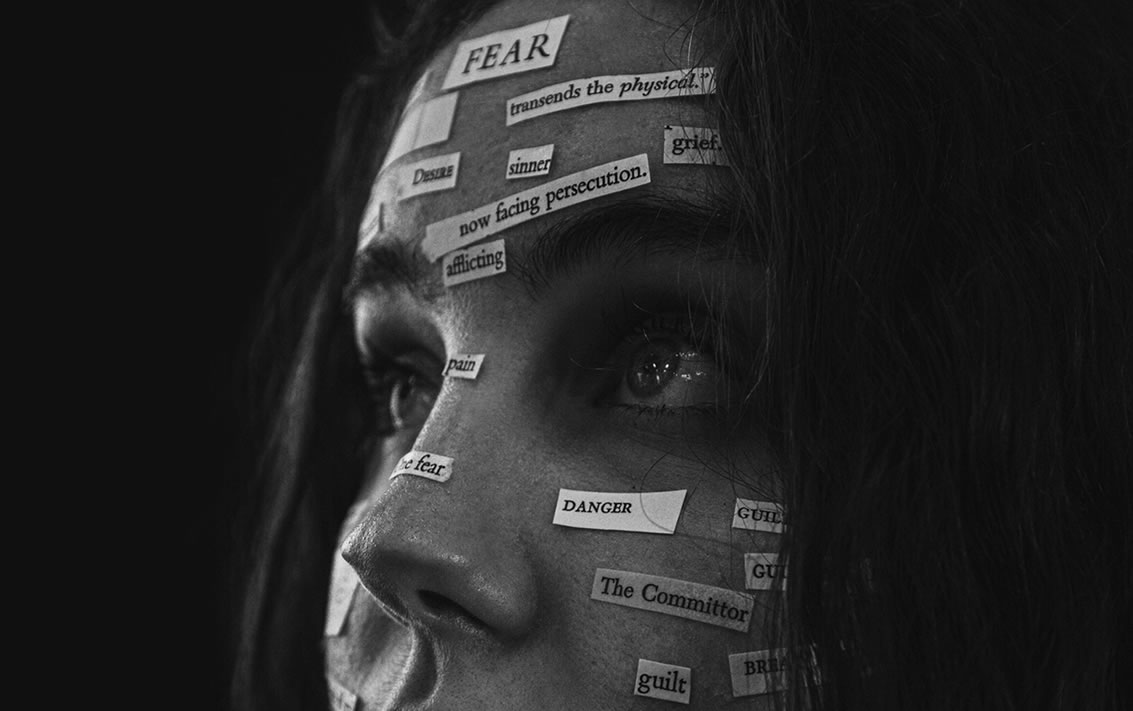Living with Borderline Personality Disorder (BPD) is a huge struggle. Our emotions can pull us every which way and leave us drained and confused with everything around us.
Sometimes, we’re not always the best at communicating exactly how we feel, so for those of you reading who don’t have BPD, here are eight things that we’d like you to know.
BPD makes it very difficult for us to regulate our emotions
Imagine having a day where it felt like your entire life was ending, and then you felt as happy as you’d ever been, and then you felt like you didn’t even exist. Now imagine that happening several times a day.
We experience sadness as utter despair and happiness as sheer joy. A criticism against us can make us feel like we want to end it all. A compliment can make us feel like we’ve attained Godhood.
That’s just a slice of what it can feel like to have Borderline Personality Disorder. Now, try leading a regular life while you have all of that going on inside your mind.
We didn’t choose to be this way
Nobody chooses to have a personality disorder – whichever disorder that might be – and BPD is no different in that regard. Personality disorders are thought to be a form of self-defense the mind creates against an unhealthy environment, one often experienced at a young age. Unfortunately, this self-defense can usually work against us and cause us – and the people around us – a great deal of pain.
No one would choose to have BPD if they’d experienced what it feels like. Even the highs are challenging to handle.
Most of us are trying our best, and we sincerely appreciate those who genuinely care for us and try their best.
BPD looks different in different people
There are nine main signs and symptoms of Borderline Personality Disorder, and you typically need five or more of these to be diagnosed with BPD. However, these symptoms can look different on different people.
There are also four subtypes of BPD – Discouraged, Impulsive, Petulant, and Self-Destructive – which all have their signs and symptoms. Someone with BPD might fall under one or more subtypes or shift between subtypes over time.
You may know two or more people with Borderline Personality Disorder who all display very differently. It doesn’t mean that one of them is “faking it” or “doesn’t have it as bad” as someone else with BPD; it just means their experience is different.
Many of the symptoms are incredibly scary to cope with
Leading a stable life can be incredibly difficult for most of us. Our emotions can get the better of us. We’re afraid of being abandoned or rejected. It’s hard for us to maintain “normal” relationships. Our sense of self-worth can be all over the place. We can get very angry – with you and ourselves. We often feel empty inside and don’t know if life is worth living.
We have all that (and more) going on inside of us – often simultaneously. It can all spiral so easily and make everything worse.
And perhaps the worst thing is when we feel ourselves splitting but are helpless to stop it.
BPD can be managed and treated
While there isn’t a “cure” as such for Borderline Personality Disorder, it can be managed and treated – typically with a combination of therapy and medication. Over 50% of people with BPD who undergo treatment achieved recovery, with recovery defined as remission from symptoms, the ability to maintain full-time employment or education, and having at least one stable relationship with a friend or partner.
As we understand more and more about borderline personality disorder, it’s hoped that this number can increase even more in the future.
Multiple kinds of therapy and medication can help someone with borderline personality, and part of the battle is finding the right combination for each person.
Getting the correct diagnosis and treatment can take years
It is challenging to get diagnosed with Borderline Personality Disorder for several reasons. First of all, many people with BPD lack either the stability, support, or finances to pursue a diagnosis.
Secondly, BPD can be misdiagnosed as it shares many symptoms with other personality disorders and mental health conditions, such as anxiety, depression, Bipolar Disorder, Post-Traumatic Stress Disorder, Histrionic Personality Disorder, and Antisocial Personality Disorder – to name a few. Another issue here is that a person can have several disorders or mental illnesses at the same time.
Once correctly diagnosed, several different kinds of therapy can be used to treat BPD, alongside medication. This can involve a certain degree of experimentation until the correct form of treatment for the individual is found. As you can imagine, this can all take a long time and lead to a lot of frustration – something that people with BPD typically struggle with in the first place.
However difficult it may be, it’s all worth it when the treatment starts to work, and we can begin to lead more regular lives.
We have good days and bad days
We have good days and bad days, just like people without BPD. Only our bad days might be worse, and our good days might be better. We even have days when we feel relatively “normal.” It can all swing so wildly and quickly that it’s exhausting to experience.
After a few good or “normal” days or weeks, some of us even begin to doubt our diagnosis. Then it roars back like a wrecking ball, leaving us feeling like a broken husk.
Our disorder doesn’t define us
We are not just people with Borderline Personality Disorder. We all bring our unique talents, hobbies, and personalities to the table.
We’re writers, woodworkers, dancers, painters, gardeners, hikers, bikers, poets, philosophers, partiers, bloggers, gamers, music lovers, crafters, grafters, cooks, photographers, teachers, doctors, nurses, administrators, laborers, drivers, strivers and so much more.
Please don’t see us as a nuisance; we are complicated people like everyone else. Yes, we have problems, but we do all we can to improve ourselves daily.

Sources, Resources, and Further Reading
- What to Know About People with Borderline Personality Disorder: https://www.healthline.com/health/mental-health/things-to-know-borderline#1
- 18 ‘Impolite’ Things People Do Because of Borderline Personality Disorder: https://themighty.com/topic/borderline-personality-disorder/impolite-borderline-personality-disorder-bpd/
- 15 Things Not To Do With Someone With Borderline Personality: https://psychcentral.com/blog/caregivers/2017/09/15-things-not-to-do-with-someone-with-borderline-personality#1

















